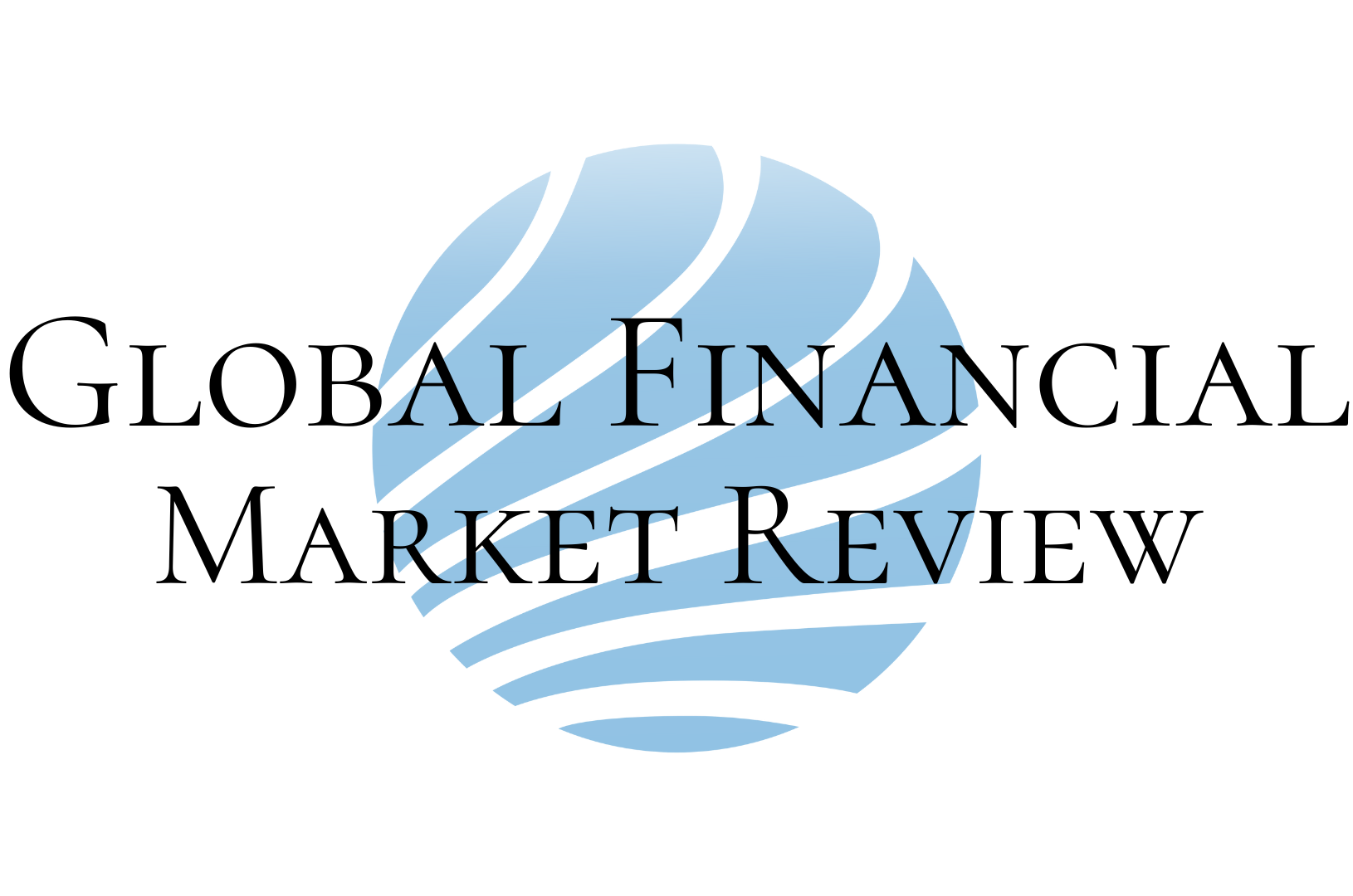Sharing with reporters, some bank leaders said that in the ‘burning torch to find customers’ as currently, to compete, the Bank tried to apply the best interest rates to customers.
According to statistics of Bao Viet Securities Company (BVSC), in the open market last week (June 1-5, 2020), 25 trillion dong of bills had matured, and the State bank of Vietnam (SBV) did not conduct new issuance. Therefore, 25 trillion dong had been net injected directly into the market and continued to help abundant banking system liquidity in the past week. Interbank offered rates continued to remain low.
Updated data from SBV of the week from June 1 to June 5, 2020, interbank interest rates decreased compared to the previous week’s interest rates in terms. Specifically, the average interest rates for overnight, one-week and one-month terms were 0.35 percent per year, 0.54 percent per year, and 1.51 percent per year, respectively, bringing these interest rates to low levels.
However, according to BVSC, the current outstanding T-bills would expire this week. Accordingly, interbank offered rates might have bottomed out and would soon rebound. This comment was quite in line with the evolution of the economy when the pace of production and business began to accelerate after Q2. Possibly, the business activities of enterprises this year would not be as strong as in previous years due to the impact of the Covid-19 epidemic. However, the economy was showing signs of prosperity after the Covid-19 epidemic due to the borrowing needs of people, businesses. Consequently, credit growth was expected to have clearer changes. As capital demand increased, interest rates would inch up.
There was a suggestion that SBV should consider lowering the operating interest rate in order to create favourable conditions for banks to maintain low interest rates to support businesses to stimulate credit growth faster. Regarding this proposal, SBV deputy Governor Nguyen Thi Hong said that the banking sector had sharply reduced interest rates. Specifically, over the past two months, SBV had reduced the operating interest rates by two times, with a total reduction of 1one percent to 1.5 percent per year to support the liquidity of banks to help the market interest rates tend to decrease. Besides, the commercial banks themselves had launched many special credit programmes to support customers. Not to mention, Vietnam’s lending interest rates were not high in the region, even lower than in some countries.
Therefore, in the near future, SBV would manage the interest rate to keep pace with inflation. In the case of inflation, with favourable conditions, SBV would consider adjusting interest rates, as well as carry out other measures to support the economy.
Monetary policy was a macro policy but of short-term nature, continuously changed according to the situation of domestic and international developments and the situation of operation of credit institutions. Therefore, SBV had to constantly update the situation from organisations around the world, other ministries, and branches to analyse, evaluate, and propose appropriate management solutions. For example, during the period when the economy was damaged by the epidemic, especially when oil prices fell sharply, inflation was low, assessing conditions decreased, SBV immediately reduced operating rates. Therefore, the monetary policy in general and in particular would be managed following the developments and the context, the deputy Governor shared more about the management of monetary policy of SBV and emphasized that all monetary policies such as credit, interest rates, exchange rates, etc. would be coordinated by SBV with the highest goal of controlling inflation and stabilising the macroeconomy.
Further reducing interest rates helped banks to reduce lending rates was a legitimate aspiration of businesses. However, in the view of Nguyen Duc Do Finance Academy, there was no need to reduce operating rates anymore because interbank offered rates were also deficient. In market one, banks had actively reduced lending rates to both support struggling customers and encourage new borrowers in the context of low credit growth. Nevertheless, the problem was that the demand for loans of businesses was limited, or in other words, the absorption of capital of the economy was weak, not because of interest rates but supply-demand capitals were not met.
Sharing with reporters, some bank leaders said that in the burning torch to find customers as currently, to compete, banks had to try to apply the best interest rates to customers. The problem was that interest rates could not be raked equally at all banks but depended on capital costs and financial capacity. Some banks had their advantages of mobilising low interest rates. However, there were still banks that were mobilising capital from the people at quite high interest, so it was impossible to reduce lending rates deeply. In addition to the impact on net income margin (NIM), maintaining a stable interest rate was also necessary to retain customers in the context of more attractive investment channels. Meanwhile, in order to reduce lending rates, one of the most important factors was to lower interest rates.
On the other hand, in view of Nguyen Duc Do, SBV should not reduce interest rates excessively. Only priority sectors and industries strongly affected by the Covid epidemic should have special preferential policies. Moreover, the support of banks was only of short-term nature, and for longer-term support, it was necessary to involve other policies.


